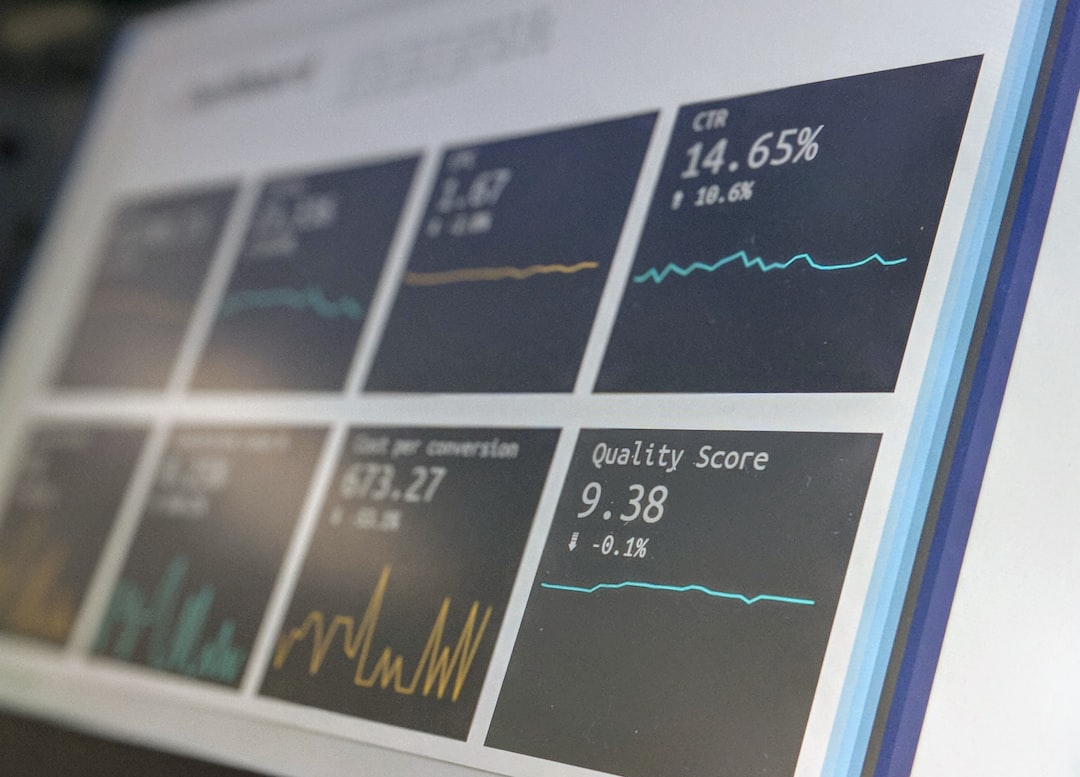
A Comprehensive Guide to Understanding Economic Policies.
# Introduction. Economic policies play a crucial role in shaping a country's economic growth and development. They encompass the decisions made by governments to influence the economy of a nation, impacting everything from inflation and unemployment to overall economic growth. Understanding these policies is essential for citizens, businesses, and policymakers alike. This guide will demystify economic policies, breaking down their types, purposes, and the roles they play in the broader economic landscape. # What Are Economic Policies?. Economic policies are government strategies designed to manage a country's economy. Typically categorized as either monetary policy or fiscal policy, they involve a set of measures taken to achieve economic goals like controlling inflation, increasing employment, and fostering economic growth. Monetary policy is focused on managing the nation's money supply and interest rates through a country's central bank. In contrast, fiscal policy involves changes in government spending and tax policies controlled by the legislature. # The Role of Monetary Policy. Monetary policy is primarily executed by a country’s central bank, the governing body responsible for overseeing the monetary system. Central banks use monetary policy tools to influence the economy. Two primary types of monetary policy are expansionary and contractionary. Expansionary monetary policy aims to increase the money supply to encourage spending and investment, stimulated through lowering interest rates. Contractionary policy seeks to decrease the money supply or raise interest rates to control inflation. Understanding how these policies work gives citizens insight into national economic performance and potential opportunities for investment and growth. # Understanding Fiscal Policy. Fiscal policy revolves around government spending and taxation decisions impacting overall economic activity. Policymakers will adjust tax rates and spending levels to moderate the economy. During a recession, a government might implement expansionary fiscal policies to stimulate growth by increasing spending (through infrastructure projects, for instance) or cutting taxes, leaving businesses and consumers with more money to spend. Conversely, contractionary fiscal policies may occur during a period of economic growth to prevent overheating by decreasing spending or increasing taxes. The balance between these two approaches can determine economic health and stability. # The Importance of Economic Indicators. Economic indicators are statistics that provide information about economic performance, and they play a pivotal role in the formulation of economic policies. Key indicators include GDP (Gross Domestic Product), unemployment rates, inflation rates, and trade balances. Each of these indicators communicates essential insights regarding economic conditions, guides policymakers, and impacts investment decisions. For example, rapid inflation may prompt a central bank to raise interest rates, while persistently high unemployment may lead to increased government spending. Understanding these indicators is essential for interpreting economic policies. # Challenges in Implementing Economic Policies. Despite their importance, implementing economic policies can be complex and challenging. Policymakers must consider various factors such as political pressures, public opinion, and global economic conditions. Moreover, economic policies may have unintended consequences. For instance, while lowering interest rates can stimulate borrowing and spending, it can also lead to asset bubbles if not managed carefully. Additionally, the effects of economic policies often take time to materialize, making it difficult to measure their immediate success or failure. # Conclusion. Understanding economic policies is vital for anyone who wishes to navigate the complexities of the modern economy. From influencing personal financial decisions to shaping the national economic landscape, these policies have far-reaching implications. By informing citizens about the dynamics of monetary and fiscal policies, government strategies, and economic indicators, we empower individuals and businesses to make educated decisions in their financial lives. Remember that while economic policies may seem disconnected from daily life, their impact is felt by everyone, making it essential to stay informed. .









